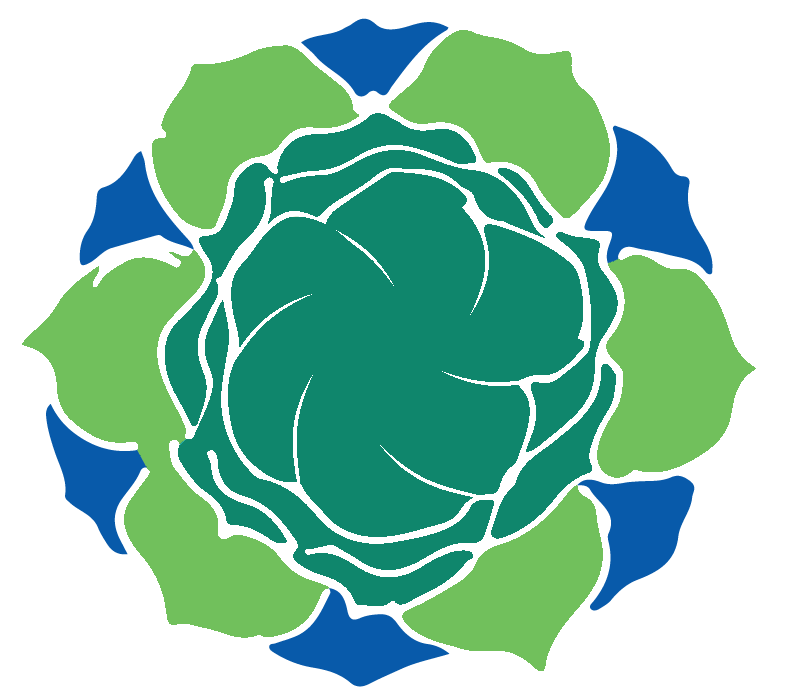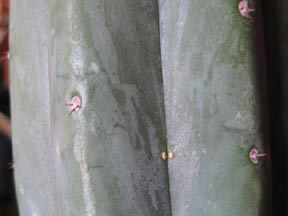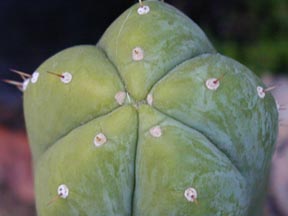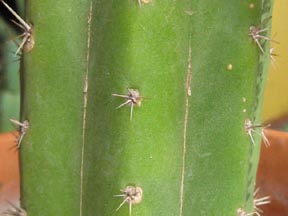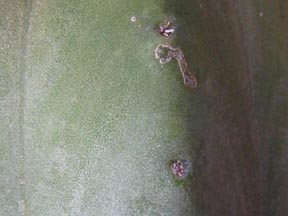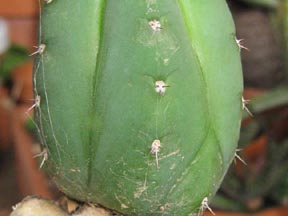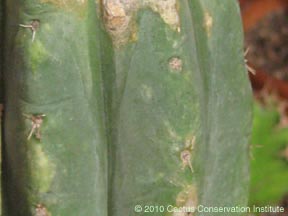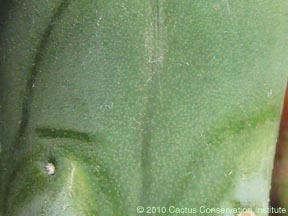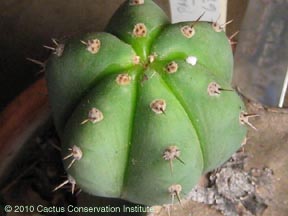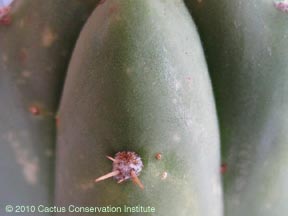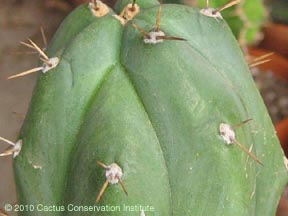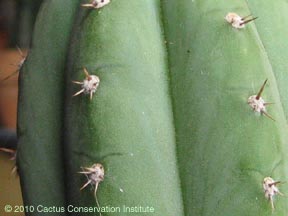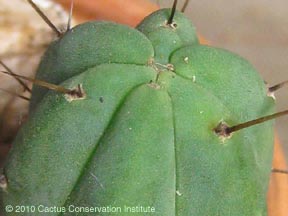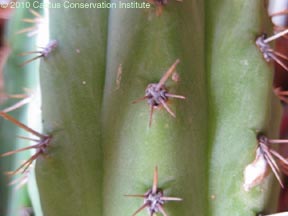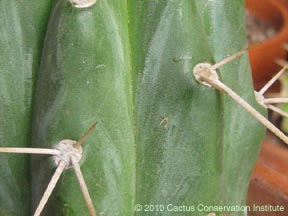Peer-reviewed articles
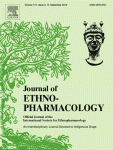
Abstract
Aim of the study
The aim of the present study is to determine in a procedurally uniform manner the mescaline concentrations in stem tissue of 14 taxa/cultivars of the subgenus Trichocereus of the genus Echinopsis (Cactaceae) and to evaluate the relationship (if any) between mescaline concentration and actual shamanic use of these plants.
Materials and methods
Columnar cacti of the genus Echinopsis, some of which are used for diagnostic and therapeutic purposes by South American shamans in traditional medicine, were selected for analysis because they were vegetative clones of plants of documented geographic origin and/or because they were known to be used by practitioners of shamanism. Mescaline content of the cortical stem chlorenchyma of each cactus was determined by Soxhlet extraction with methanol, followed by acid–base extraction with water and dichloromethane, and high-pressure liquid chromatography (HPLC).
Results
By virtue of the consistent analytical procedures used, comparable alkaloid concentrations were obtained that facilitated the ranking of the various selected species and cultivars of Echinopsis, all of which exhibited positive mescaline contents. The range of mescaline concentrations across the 14 taxa/cultivars spanned two orders of magnitude, from 0.053% to 4.7% by dry weight.
Conclusions
The mescaline concentrations reported here largely support the hypothesis that plants with the highest mescaline concentrations – particularly E. pachanoi from Peru – are most associated with documented shamanic use.
Graphical abstract

Supplementary material available here.
